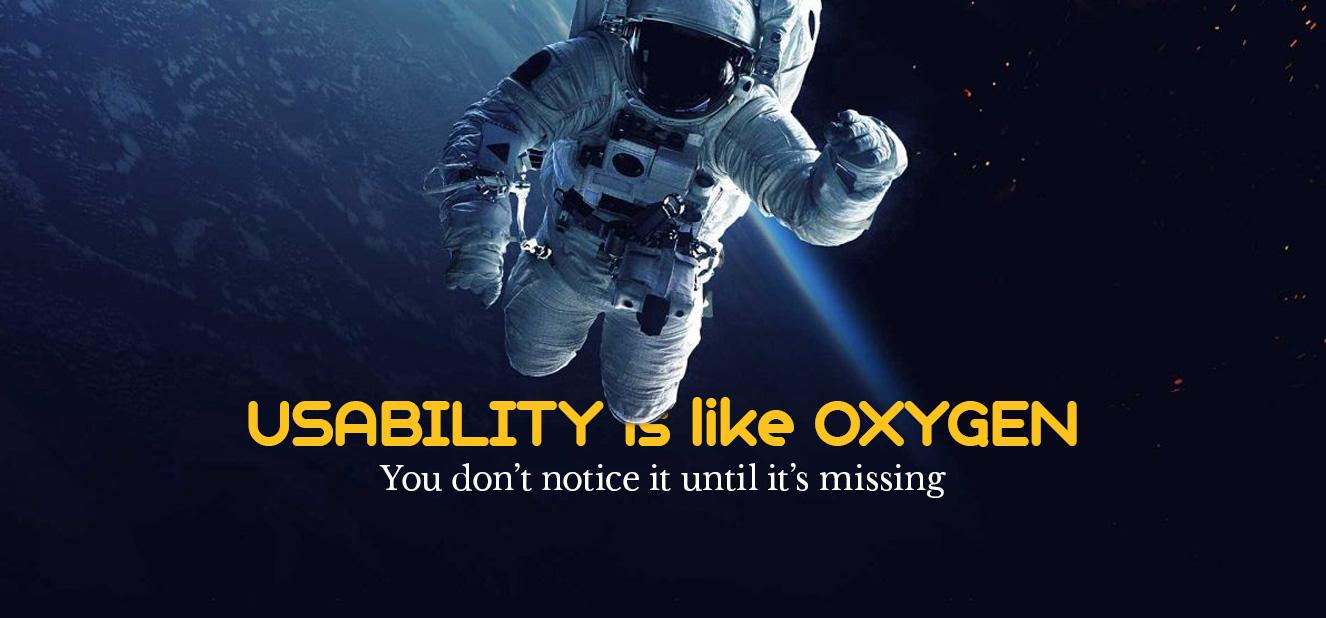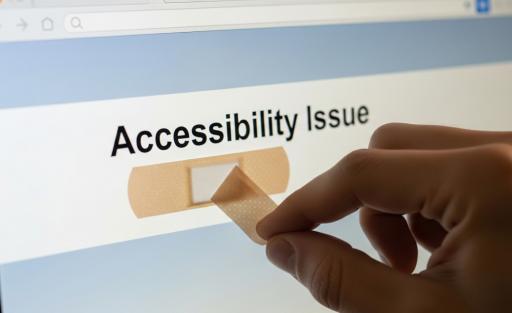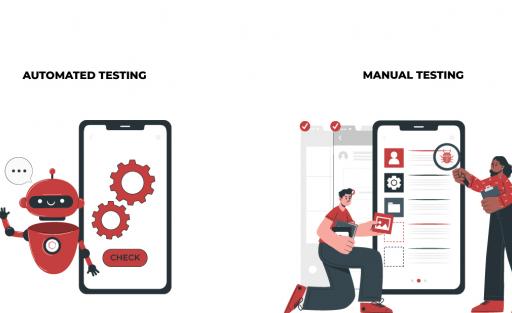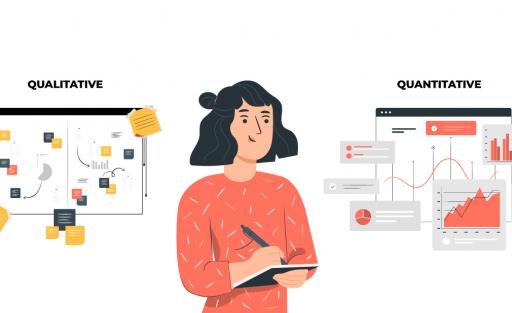Everything starts from Usability

I have to say it in advance, I love usability, the term, the concept, the practice of it, the science and art behind it. I started my journey into this exciting field (now widely named UX) by studying usability and evaluation methods back in 1999. Although important, it wasn’t popular then. I was one of the few lone rangers (the community of HCI researchers was small worldwide) that decided to deep dive into usability, continue my academic studies and pursue a PhD in usability evaluation. I soon realized that besides a challenging field of academic excellence, usability has a real practical value: Many companies as well as all the tech giants had already incorporated usability evaluation practices in their product design processes and there was a whole market out there with a lot of potential (end of 1999).
Now we are in 2019 and we are all talking about UX, yeah, at last! We are “officially” in the “experience economy” and when it comes to the digital landscape there is so much buzz around UX.
But at the very heart of it, there is the concept of Usability. Everything starts from Usability.
Usability has, similar to many other design terms and concepts, many definitions. The term usability was originally derived from the term ‘‘user friendly’’ that was popular in 80’s and 90’s. But this term was quite vague and it received a lot of undesirable subjective interpretations. Therefore the term ‘‘usability’’ was suggested to replace “user friendly”. But the problem is that usability is still a general and abstract term.
That’s why a lot of researchers and usability practitioners suggested several definitions and different approaches to how usability should be evaluated and measured. To better understand it would be useful to check a couple of well-known definitions.
Shackel –a world class scholar- defined usability back in 1991:
- ‘‘the usability of a system is the capability in human functional terms to be used easily and effectively by the specified range of users, given specified training and user support, to fulfill the specified range of tasks, within the specified range of scenarios’’.
ISO standard in its famous chapter (ISO 9241-11) defines usability as:
- “…the extent to which a product can be used by specified users to achieve specified goals with effectiveness, efficiency and satisfaction in a specified context of use”.
What is evident from these definitions is that there is a certain overlap.
First, we can infer that usability is a relative property of any product; there is no absolute value. Context of use is always crucial and thus, usability evaluation is context dependent resulting in a subjective perception of the product. To this end we measure attributes such as satisfaction, attractiveness, perceived trust etc.
On the other hand, usability also relates to objective measures of interaction, user performance attributes such as efficiency, learnability, effectiveness etc.
Talking about usability attributes and measurement, we should mention the three basic broad types of usability evaluation methods, which are as follows:
- Testing
- Inspection
- Inquiry
Apparently, usability testing is the cornerstone of evaluation methods. This approach requires representative users to perform typical user tasks while using a product or a prototype. UX researchers use the results to analyze how the user interface supports the users to do their tasks. Some of the most widely used usability testing methods include lab usability testing, remote usability testing (moderated or un-moderated) and guerrilla usability testing.
The usability inspection approach requires UX researchers (or even senior designers and software developers) to examine and judge whether each element of a user interface or prototype follows established usability principles. A widely known inspection method is the Heuristic evaluation suggested by Nielsen and Molich.
Usability inquiry requires UX researchers to obtain information about users likes, dislikes, needs and perceptions by talking to them, observing them using a product in a real setting (but not for the purpose of usability testing) or letting them answer questions verbally or in written form. Common inquiry methods include field observation, interviews and surveys.
Why Businesses should care
To paraphrase Thomas J. Watson, good usability is good business. First, by having a strong focus on usability, detecting and fixing usability problems early in the development process can lead to reduced development time and costs. But there are numerous benefits that have been documented in case studies from the industry, just to name a few:
- Reduce redesign costs
- Reduce maintenance and support cost
- Increase user satisfaction
- Increase traffic (size of audience)
- Increase transactions/purchases and product sales
- Increase customer retention
- Increase efficiency/productivity (reduce time to complete task)
- Increase trust
- Etc.
Somehow we all have witnessed the value of usability, just remember simple everyday examples:
Google was not the first search engine, but it became synonymous with searching because it made it so simple, efficient and effective. We also know that Apple did not invent the smartphones, but they tried hard to make iPhone very easy to use. Simplicity and ease of use is of critical importance for the growth of Facebook.
If you want to learn more
There is an abundance of online resources about usability, articles, courses, white papers etc. But for anyone who really wants to go deep and have a solid understanding, I strongly suggest the old fashioned way that never dies: Read a couple of good books first like the following:
[1] Handbook of Usability Testing: How to Plan, Design, and Conduct Effective Tests by Jeffrey Rubin, Dana Chisnell and Jared Spool
[2] Measuring the User Experience: Collecting, Analyzing, and Presenting Usability Metrics (Interactive Technologies) by William Albert and Thomas Tullis
Happy reading and keep on UXing!




